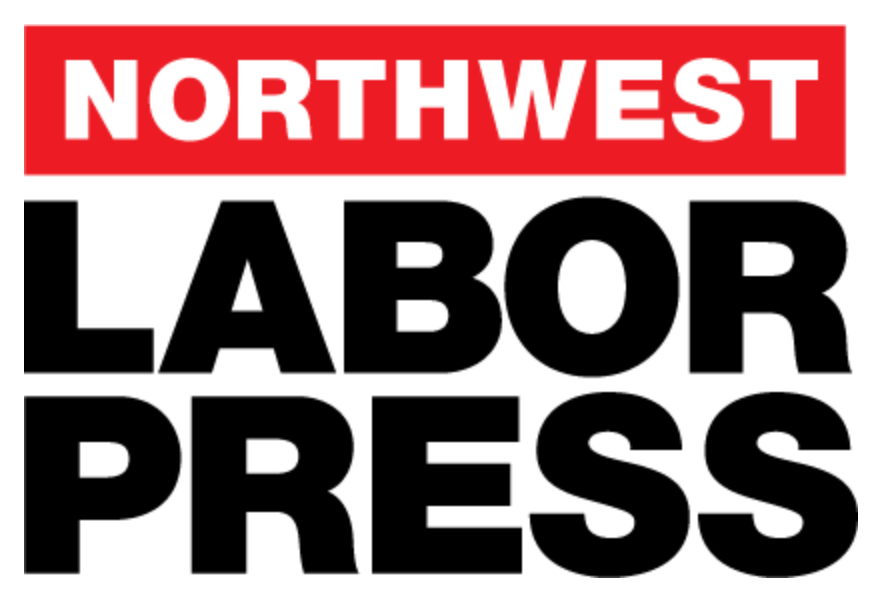
By Don McIntosh
A coalition of 22 unions reached tentative agreement with Kaiser Permanente Sept. 23 on a new union contract covering 47,000 workers in eight states. The deal followed months of the tensest negotiations Kaiser workers have seen in many years. Kaiser and its unions have long touted as a success a 22-year-old “labor-management partnership” in which the relationship is supposed to be collaborative, not adversarial. But after this year’s negotiations, the partners may need couples counseling. Coalition union leaders plan to meet with Kaiser senior leadership in February to talk about how to get the partnership back on track.
Kaiser is an unusual entity in health care: It’s a non-profit health maintenance organization (HMO) that’s vertically integrated in some areas, operating as both an insurance company and a network of hospitals and clinics. And as the most heavily unionized health provider network in the nation, Kaiser has cultivated close relationships with unions, earning status as a favored provider when unions provide health coverage in the regions where it operates.
[pullquote]I was so proud. Our members said, ‘You’re not doing that to the people that come after us.’”— OFNHP president Adrienne Enghouse[/pullquote]But this year, despite a thriving financial bottom line, Kaiser’s top brass demanded concessions from union workers. In negotiations with the newly formed Alliance of Health Care Unions (AHCU), Kaiser negotiators called for an end to defined benefit pension benefits for new hires, saying that workers of the millennial generation don’t care about pensions. So-called “two tier” proposals like that create division and rancor among union members, because newer employees will forever remember that their coworkers sold them out before they arrived.
“I was so proud. Our members said, ‘You’re not doing that to the people that come after us,’” said Adrienne Enghouse, president of Oregon Federation of Nurses and Healthcare Professionals (OFNHP, AFT Local 5017). OFNHP represents 4,300 Kaiser RNs, dental hygienists, medical technicians and health care professionals in Oregon and Southwest Washington, and Enghouse serves on the board of the new alliance and the national bargaining team for the AHCU coalition.
Kaiser also wanted to end a no-cancellation clause (a guarantee that you work the hours you’re scheduled to work, instead of being sent home early.)
Only when Kaiser dropped those demands at the final hour did the two sides reach agreement. As the Oct. 1 contract expiration loomed, a final deal was reached in a 52-hour marathon of continuous bargaining in which members of the bargaining team took turns leaving to take naps.
The three-year national collective bargaining agreement provides for wage increases each Oct. 1. As with previous national agreements, the raises vary by region: Workers in California, Washington, and Oregon, will get raises of 3, 2.75, and 3 percent, plus a lump sum bonus of 0.25 percent on Oct. 1, 2019. Those in Hawaii, Georgia, and the Mid-Atlantic will get 2.25, 2, and 2.25 percent. And those in Colorado will get 2, 1, and 1 percent. The lower raises are in areas where Kaiser is less profitable because it doesn’t own its own medical facilities and must contract with hospitals. Kaiser’s Colorado operations in particular have struggled financially.
The tentative agreement is going out to each local union for ratification. OFNHP held a mass meeting and voted to approve it Sept. 30 at the Red Lion Jantzen Beach.
The national agreement is supplemented by local agreements. OFNHP’s local agreement also increased longevity steps and improved language on minimum staffing levels.
Kaiser still has to bargain with other local unions, including locals of SEIU and OPEIU, whose contracts expire next year.
The AHCU was formed in March by a group of unions that withdrew from the Coalition of Kaiser Permanente Unions (CKPU) just a day before national contract bargaining was to begin. AHCU unions include locals of AFSCME, UFCW, USW, IBT, KPNAA, IUOE, OFNHP (AFT), and ILWU. Reasons for the split were partly personal: union leaders had trouble working with the leader of the largest union, California-based SEIU-United Healthcare Workers West. But the split also reflected differences in approach: Leaving the CKPU, the unions that formed AHCU said it was because they valued the partnership. In other words, it was the “play nice” unions that left; SEIU, the biggest union that remained, had nearly been expelled from the partnership for un-partner-like behavior — it floated a California health insurance tax ballot measure that would have put Kaiser at a significant disadvantage competing with other insurers.



